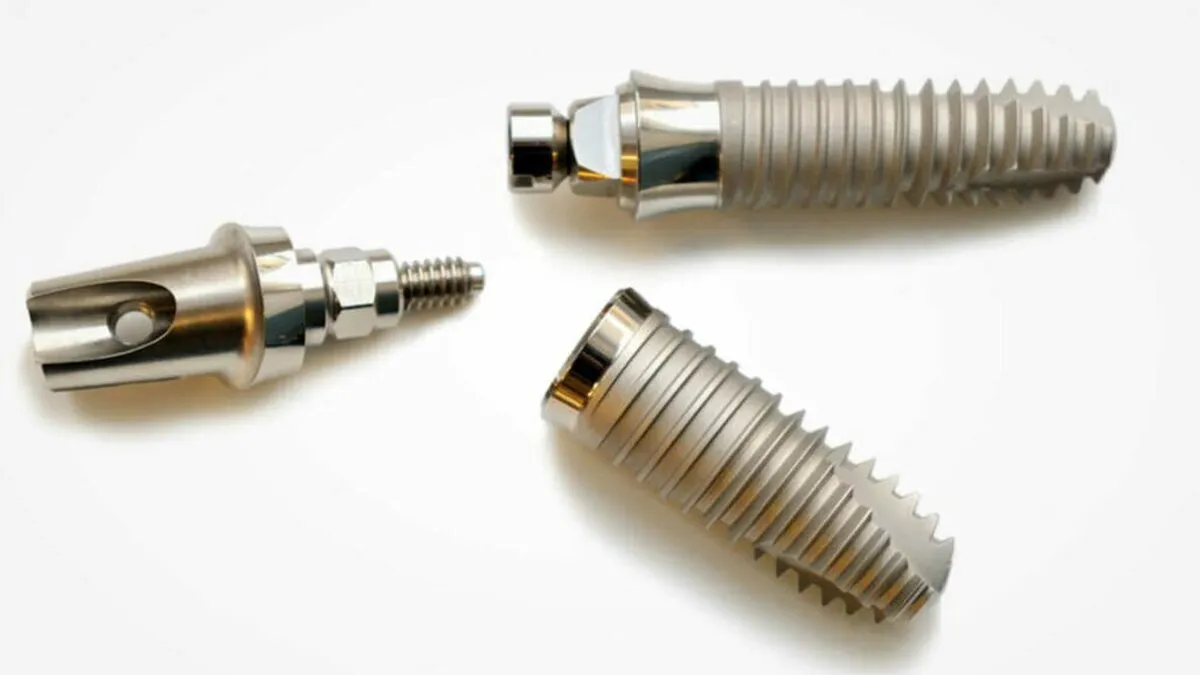Iranian Researchers Produce Magnesium-Based Implants

“Since magnesium has a low weight, many companies are willing to use the metal in manufacturing car parts to increase speed and decrease consumption in their cars,” said Ahmad Bahmani, a member of the scientific board of the Scientific and Industrial Research Organization of Iran and one of the founders of the company.
“We have also been working in this field and tried to use machined parts like magnesium sheets in the body of cars, airplanes, canes, walkers, and a series of bone implants, and we obtained interesting results,” he added.
Bahmani noted that using magnesium in bone implants eliminates the need for a second surgery to remove the implant components, adding, “The magnesium-based implants break down and turn into bone over time.”
In a relevant development in July, the production line of children's spine implants was inaugurated in Iran in the presence of Mohammad Sadeq Khayatian, the head of the Innovation and Prosperity Fund.
“This type of implant is used for people who suffer from scoliosis since birth, to place the spine in its correct shape; also, if the vertebrae of the spine are fractured or deformed, the implant is fixed inside the vertebrae of the spine and transmits force uniformly from top to bottom through the rod that supports it,” said Mohammad Hossein Alayee, the managing director of the knowledge-based firm which produces the implants.
“We succeeded in indigenizing the spinal implants with the knowledge of Iranian researchers and specific to the physics of Iranian people,” he added.
Noting that the mechanical tests have confirmed the high quality of the produced implants, Alayee said that its quality is equal to American samples and much higher than the quality of Korean and European samples.
“Meantime, the price of this product is almost one fifth of the foreign (American) sample while enjoying the same quality,” he underlined.
4155/v





















